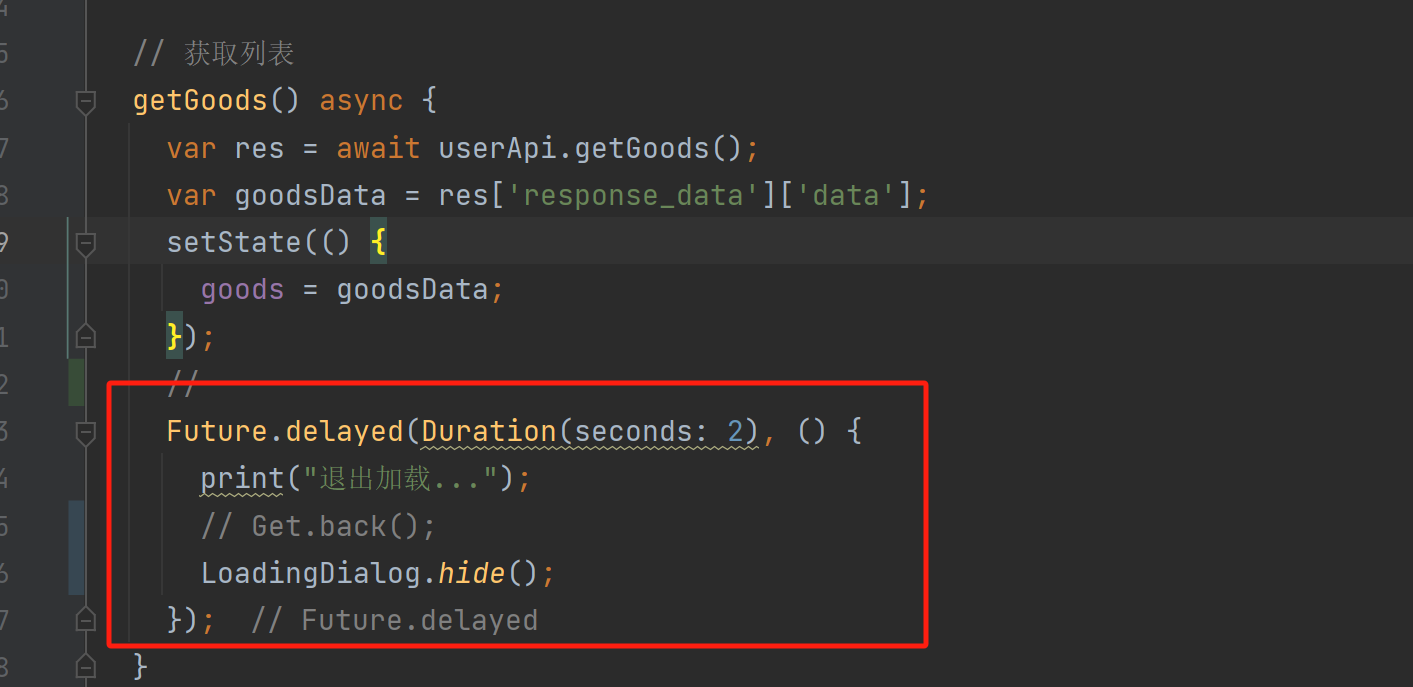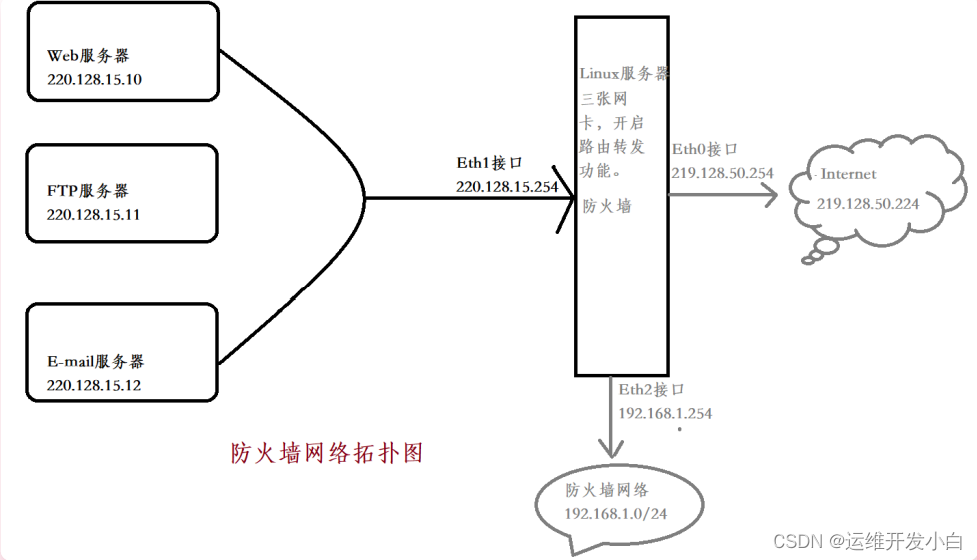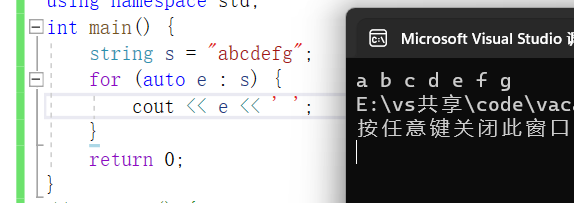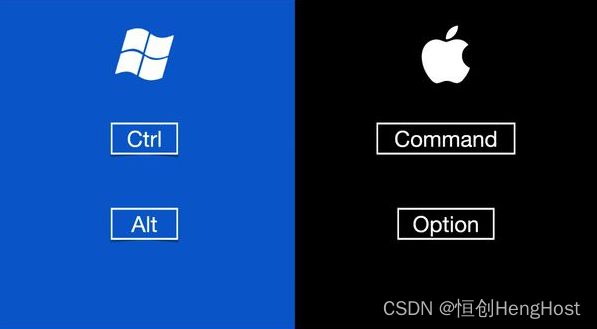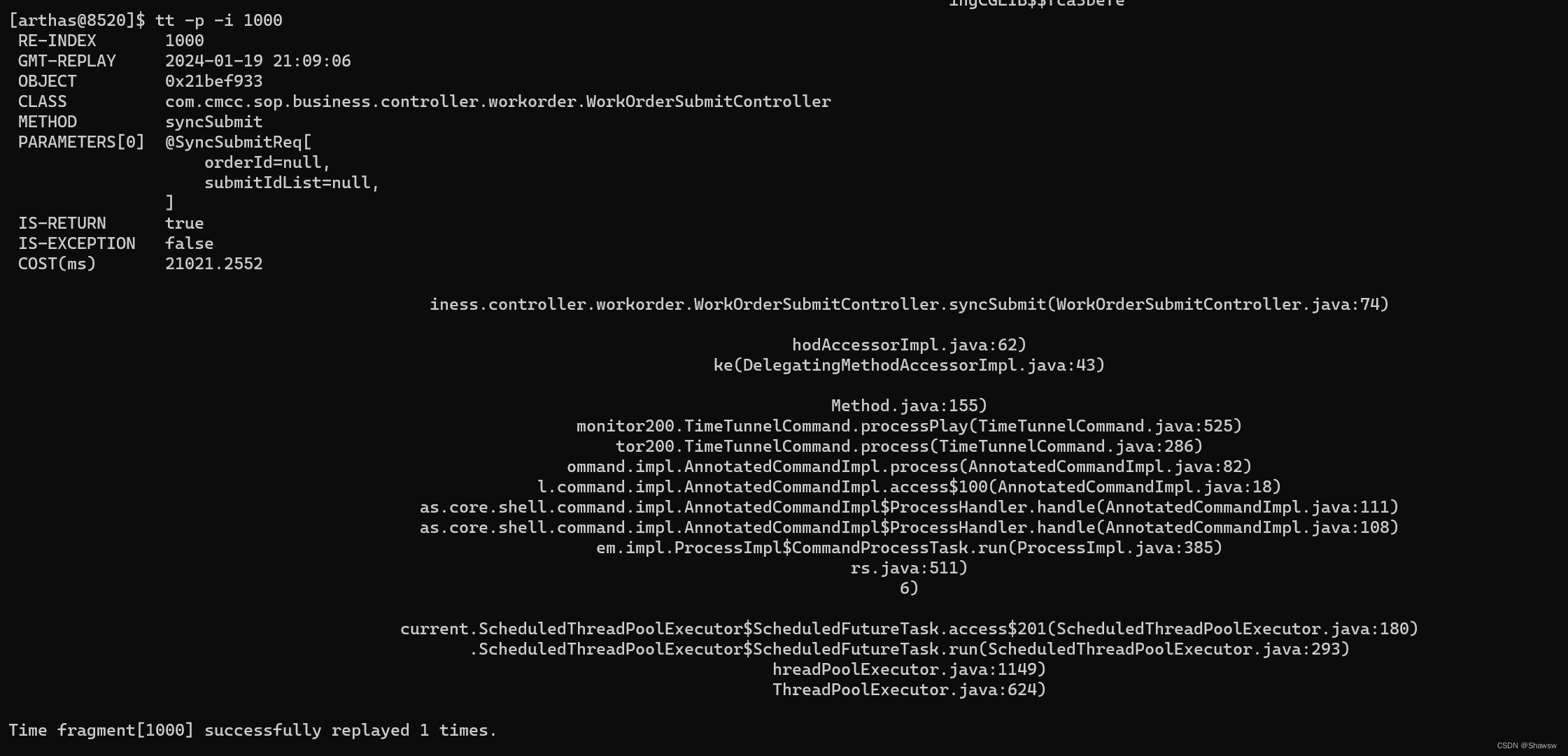Golang-个人web框架
- github仓库
- 创建github仓库
- web框架学习
- 开发周期
- 第一阶段--了解
- 第一阶段思考
- 小结
- 第二阶段
- 第三阶段
github仓库
github地址:ameamezhou/golang-web-frame
后续还将继续学习更新
创建github仓库

设置免密登录
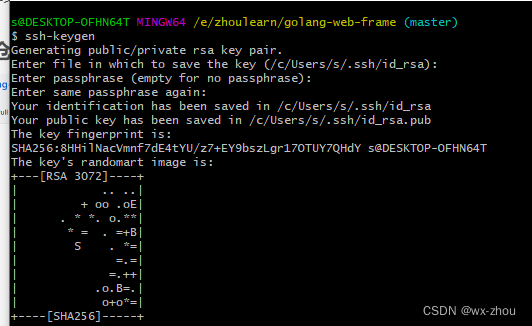
ssh-keygen 一路回车就OK 上面有告诉你密钥生成地址

红框为需要上传的公钥
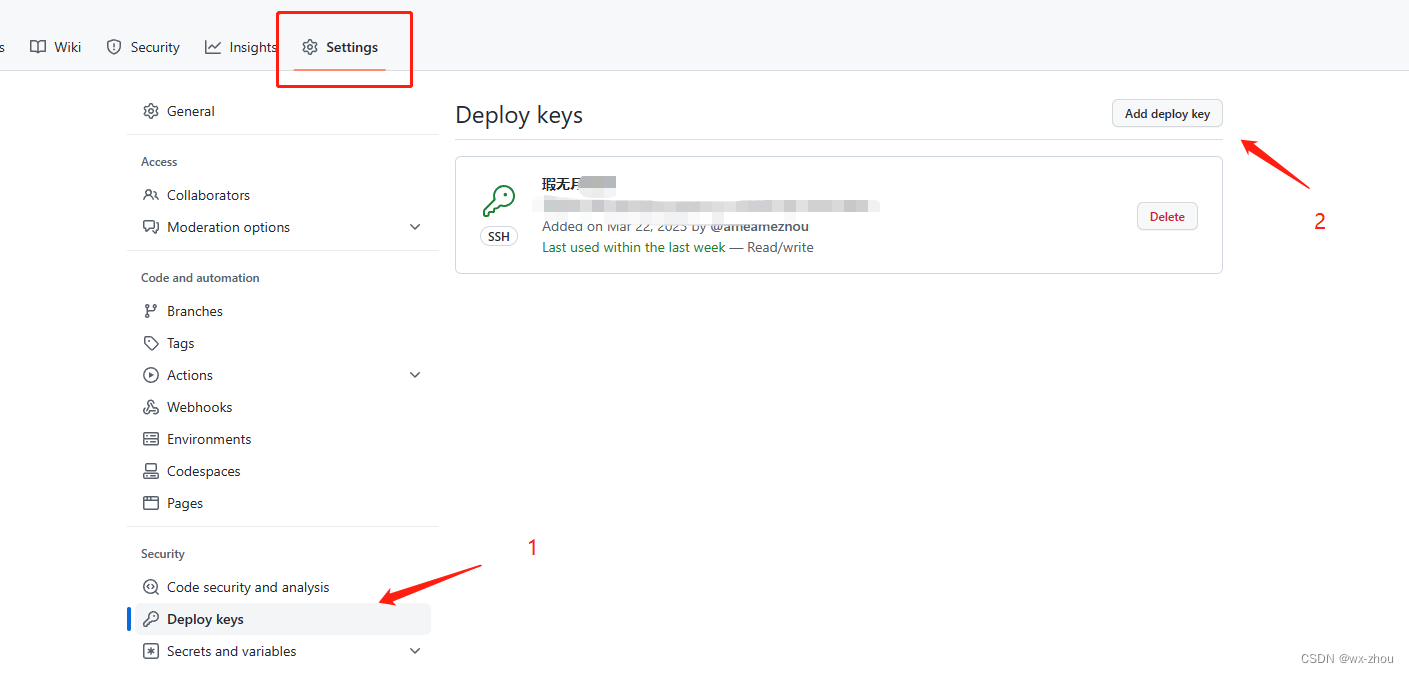
web框架学习
首先明确目标–我们学习开发web框架的目的是 :
在日常的web开发中,我们经常要使用到web框架,python就有很多好用的框架,比如flask和django,前者小巧精美,后者厚重却有着齐全的功能,不同开发者在设计框架的时候会有他们不同的看法和理念,因此在不同框架之间就会有许多不同的区别。这对于Go语言来说也是一样的,我们看到有很多好用的框架,例如Beego,Gin等等。但是我们在用这些框架的时候,我们可能需要去思考一下,其实这些框架翻找源码到底其实都是http等基础库构成的,但是我们为什么要使用它们呢?我们用框架究竟目的是什么?只有我们想明白了这一点我们才能更好的去做我们的开发工作,因此我决定做一个简单的框架实现这些基础功能。
开发周期
第一阶段–了解
package mainimport ("net/http"
)func main() {http.HandleFunc("/", sayHello)http.ListenAndServe("localhost:9999", nil)
}// 最基础的功能展示, 这里函数携带的参数是根据http库里面定义的
func sayHello(w http.ResponseWriter, r *http.Request){w.Write([]byte("hello world"))
}
实现一个最简单的web功能,就是打开页面输出 hello world 这里其实可以看到所需代码量其实和用现存的 gin 或者 beego 框架差不多,这里也能看出一些web框架大概的逻辑
然后我们在里面加点功能,增加点json输出
package mainimport ("encoding/json""net/http"
)func main() {http.HandleFunc("/", sayHello)http.ListenAndServe("localhost:9999", nil)
}// 最基础的功能展示, 这里函数携带的参数是根据http库里面定义的
func sayHello(w http.ResponseWriter, r *http.Request){// 在页面输出展示jsonobj := make(map[string]interface{}, 0)obj["username"] = "xiawuyue"obj["password"] = "xiaoqizhou"// 这里是设置response 的响应头w.Header().Set("Content-Type", "application/json")// 这里是设置响应头的状态码 ok 就是 200w.WriteHeader(http.StatusOK)encoder := json.NewEncoder(w)if err := encoder.Encode(obj); err != nil {http.Error(w, err.Error(), 500)}w.Write([]byte("hello world"))
}
然后我们可以看到页面

还是非常有意思的
第一阶段思考
两个问题
1 这个demo和你常用的框架的区别
2 你觉得这个地方的重点在哪里
附加:
关于web框架 我们都用过flask框架 请问这些框架最底层的运行逻辑是如何?go实现框架的逻辑相比于python如何?
(欢迎评论讨论)
小结
其实这一阶段我们要着重关注http的路由
package mainimport ("net/http"
)func main() {http.HandleFunc("/", sayHello)http.ListenAndServe("localhost:9999", nil)
}// 最基础的功能展示, 这里函数携带的参数是根据http库里面定义的
func sayHello(w http.ResponseWriter, r *http.Request){w.Write([]byte("hello world"))
}
在这里我们可以看到http.ListenAndServe 这里我们传进去的是一个nil,在里面是需要绑定路由的,也就是我们最关键的地方在HandleFunc这里,我们可以看到路由分发是通过 http.HandleFunc(“路径”, 处理函数) 这种形式实现的
// HandleFunc registers the handler function for the given pattern
// in the DefaultServeMux.
// The documentation for ServeMux explains how patterns are matched.
func HandleFunc(pattern string, handler func(ResponseWriter, *Request)) {DefaultServeMux.HandleFunc(pattern, handler)
}// HandleFunc registers the handler function for the given pattern.
func (mux *ServeMux) HandleFunc(pattern string, handler func(ResponseWriter, *Request)) {if handler == nil {panic("http: nil handler")}mux.Handle(pattern, HandlerFunc(handler))
}
在ListenAndServe 这个函数中,我们第二个参数为nil,go会为我们分配一个默认的路由,会携带自己的路由结构体 ServeMux
// ListenAndServe always returns a non-nil error.
func ListenAndServe(addr string, handler Handler) error {server := &Server{Addr: addr, Handler: handler}return server.ListenAndServe()
}// ServeMux还负责清除URL请求路径和主机标头,剥离端口号并重定向包含的任何请求。
// 或元素或重复的斜杠转换为等效的、更干净的URL。
type ServeMux struct {mu sync.RWMutex // 这是一个互斥锁,保证并发m map[string]muxEntry // 具体的路由规则es []muxEntry // slice of entries sorted from longest to shortest.hosts bool // whether any patterns contain hostnames 查看是否包含具体的host信息
}
其中我们最需要关注的就是这个m,我们注意到它是一个map类型,是一个 string 对应一个 muxEntry 结构体,这里最重要的就是muxEntry
Handler 其实就是一个interface接口,所以我们每一个HandFunc里面对应函数的类型都是要和这个 ServeHTTP(ResponseWriter, *Request) 保持一致的
type muxEntry struct {h Handler // 具体路由对应的 handlerpattern string // 匹配字符串
}type Handler interface {ServeHTTP(ResponseWriter, *Request)
}
题外话,go和python c 等语言不一样,这一块不需要通过sokcet来搞端口监听,http一个包就囊括了这些功能,所以我们可以深挖一下源码,看看究竟是怎么做得这方面的功能
第二阶段
看了上面的源码,我们实现的关键其实就是两个,一个是 ServeMux 一个是 muxEntry ,然后具体的 Handler 其实对应的就是一个ServeHTTP,我们需要实现的具体功能就是在这一块。所以其实我们完全可以自己来实现一个,不依赖 net/http 库它内置的一些功能,用我们自己的方式写一个 ServeHTTP
我们先梳理下这次的主要思路:
- base1的重点就是简单了解http库
- 我们来尝试自己写一个handle
- 以后我们的所有的框架代码都不再放在main.go 下面 养成包开发的习惯从主函数去调用
根据第一阶段的总结,我们不难发现我们要是想要自己实现一个框架,那么核心就是要实现一个 muxEntry 和 Handler
根据需求我们可以实现:
package xiawuyueimport ("fmt""net/http"
)/*
本地包用法:
require xiawuyue v0.0.0replace xiawuyue => ./base2/xiawuyue
*/type XiaWuYue struct {router map[string]HandleFunc
}// New 直接调用New方法构建对象
func New() *XiaWuYue {return &XiaWuYue{ router: make(map[string]HandleFunc) }
}// HandleFunc 简单定义一类函数 这就是后续具体的处理方法的类型
type HandleFunc func(w http.ResponseWriter, req *http.Request)func (x *XiaWuYue)addRoute(method string, pattern string, handleFunc HandleFunc) {// 其中method 是用来区分 get post 等方法的// patter 是提到的 muxEntry 中的匹配字符串 也就是具体的路径key := method + "-" + patternx.router[key] = handleFunc
}func (x *XiaWuYue) Get(pattern string, handleFunc HandleFunc) {x.addRoute("GET", pattern, handleFunc)
}func (x *XiaWuYue) Post(pattern string, handleFunc HandleFunc) {x.addRoute("POST", pattern, handleFunc)
}func (x *XiaWuYue) Pull(pattern string, handleFunc HandleFunc) {x.addRoute("PULL", pattern, handleFunc)
}func (x *XiaWuYue) Delete(pattern string, handleFunc HandleFunc) {x.addRoute("DELETE", pattern, handleFunc)
}func (x *XiaWuYue) ServeHTTP(w http.ResponseWriter, req *http.Request) {switch req.URL.Path {case "/":fmt.Println("你访问的是根路径")w.Write([]byte("hello world"))// 这里会导致只在终端打印 所以要修改逻辑}key := req.Method + "-" + req.URL.Pathif handler, ok := x.router[key]; ok {handler(w, req)}}
这里Handler其实就是要求一个接口,这个接口它必须有 ServerHTTP 这个功能就ok,只要能理解这个,做这个逻辑的时候就会很清晰了,我们要实现的就是它的基本功能,并通过 ServerHTTP 对找到的路由提供相应的服务就行,所以这里我们新生成的 struct xiawuyue 它就需要带有这个功能接口
好的 代码看到这里我们来回忆一下第一天的内容:
package mainimport ("net/http"
)func main() {http.HandleFunc("/", sayHello)http.ListenAndServe("localhost:9999", nil)
}// 最基础的功能展示, 这里函数携带的参数是根据http库里面定义的
func sayHello(w http.ResponseWriter, r *http.Request){w.Write([]byte("hello world"))
}
这里我们看到原始的 HandleFunc 我们并没有初始化任何一个struct 对象,并且在 ListenAndServe 这里传进去的也是个 nil , 这里的逻辑究竟是怎样的,我们为什么这样也能够去正常跑一个服务?
// serverHandler delegates to either the server's Handler or
// DefaultServeMux and also handles "OPTIONS *" requests.
type serverHandler struct {srv *Server
}func (sh serverHandler) ServeHTTP(rw ResponseWriter, req *Request) {handler := sh.srv.Handlerif handler == nil {handler = DefaultServeMux}if req.RequestURI == "*" && req.Method == "OPTIONS" {handler = globalOptionsHandler{}}if req.URL != nil && strings.Contains(req.URL.RawQuery, ";") {var allowQuerySemicolonsInUse int32req = req.WithContext(context.WithValue(req.Context(), silenceSemWarnContextKey, func() {atomic.StoreInt32(&allowQuerySemicolonsInUse, 1)}))defer func() {if atomic.LoadInt32(&allowQuerySemicolonsInUse) == 0 {sh.srv.logf("http: URL query contains semicolon, which is no longer a supported separator; parts of the query may be stripped when parsed; see golang.org/issue/25192")}}()}handler.ServeHTTP(rw, req)
}
我们可以在 http 包的server.go 中找到这样一段,这里其实很好理解,当 svr 的 handler 为 nil 的时候,我们就会将 DefaultServeMux 导入当作这个 muxEntry ,它拥有 ServerHTTP 这个接口 可以实现相应的功能。
在我们都理解了这一块的知识之后,就写个总的 main.go 函数进行调用就ok
package mainimport ("fmt""net/http""xiawuyue/base2/xiawuyue"
)// base1的重点就是简单了解http库
// 我们来尝试自己写一个handle// 以后我们的所有的框架代码都不再放在main.go 下面 养成包开发的习惯
// 从主函数去调用//func main(){
// http.ListenAndServe(":9999", new(xiawuyue.XiaWuYue))
//}func main() {//如果没有 New 方法//r := new(xiawuyue.XiaWuYue)r := xiawuyue.New()r.Get("/get", func(w http.ResponseWriter, req *http.Request) {fmt.Println("hello world")w.Write([]byte("hello world get"))// 这里println 只会在终端输出 所以我们后续还是要包装一个w.return 的功能,其实很简单})// 请大家给斗鱼9999fg投一票 球球了http.ListenAndServe("localhost:9999", r)// 到这一步完成了然后就去启动
}
